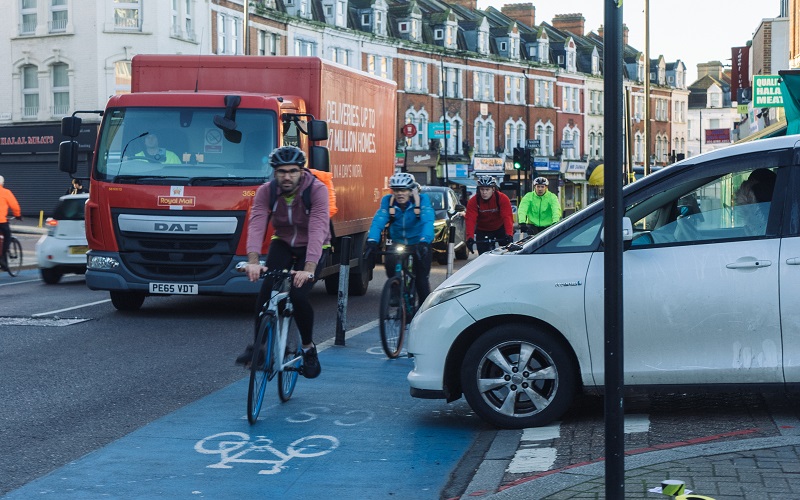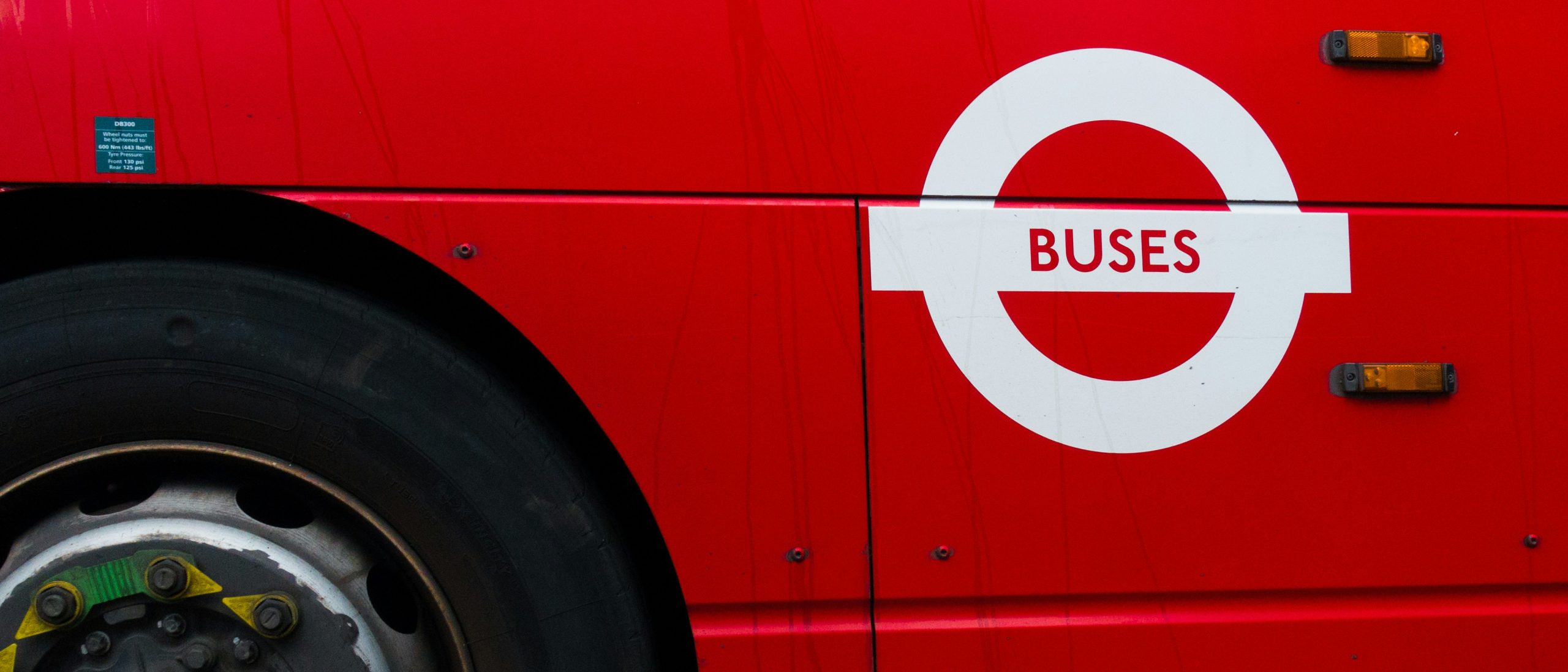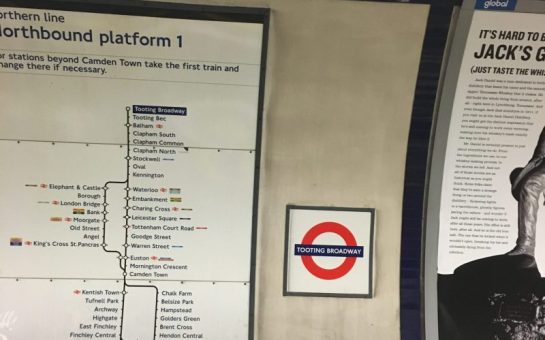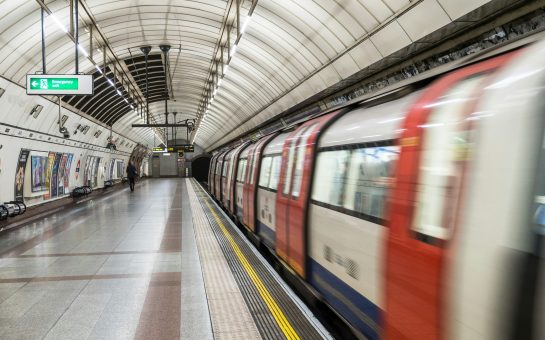Fatal and serious cycling collisions increased by a third within five years, despite the Mayor promising to invest £770 million into making London a cycling-friendly city.
Serious and fatal cycling collisions reached their highest point in 2022 (the last completely recorded data year) since the public had access to TFL’s reported road safety data, with seven fatalities and more than a thousand serious collisions.
Vincent Stops, a former Hackney councillor and lead member for transport who worked on street policy for London Travelwatch, London’s official transport users’ watchdog, for over 20 years, believes that bike lanes are to blame for the increased fatal and serious collision rates in London.
Stops said: “Serious collisions for cyclists have gone up since the Mayor started all the segregated bike stuff.
“Putting in bike lanes has not brought casualties down but instead doubled them in some places.
“The problem is that there is a presumption that all bike lanes are good and casualties will come down if you put them in.
“Whereas, in fact, in terms of cycling, they introduce a less safe environment because, in order to cycle safely, you need to position yourself properly on the road.
“But what a bike lane does is leave you too close to the curb, so if you are travelling straight on, adjacent to a turning, you will find that cars will turn across you because you are not visible to them.
“Instead of being in front of them, you are at the side of them, and so you are competing for the same road space.
“In my opinion, we are being seduced by the cycling lobby that say all you need to do is put bike lanes in and that is not proving to be safer.
“Historically, it has been proven that if we want to improve cyclists’ safety, then we need slower speed limits, traffic reduction, police road enforcement, cycle training and targeted interventions, such as the introduction of measures to the locations that need to be made safer by engineers.
“80% of serious injuries occur at junctions, so the best use of any money they have is to spend it on engineering improvements at junctions.”
Most dangerous junction
In November, the London Cycling Campaign showed the most dangerous junctions for cycling by borough for the first time.
They used five years of collision data to pinpoint the most dangerous locations, with a junction in Tooting, Khan’s own home constituency in Wandsworth, being named the most dangerous.
This junction is on Upper Tooting Road, where Ansell Road, Derinton Road, Price Close and Lessingham Avenue intersect with the wand-protected cycle lane called Cycle Super Highway (CS7).
Around 3,000 cycling journeys are made on this highway daily but the surrounding side streets leading to Upper Tooting Road are heavily used as cut-through routes for drivers, with many vehicles turning in and out of these side roads.
Senior Policy Officer of the London Cycling Campaign, Tom Bogdanowicz, said: “The significant rise in such tragic events is of serious concern and undermines the Mayor’s target of zero fatalities and serious injuries on the roads by 2041.
“LCC’s recent Dangerous Junctions study identified where collisions have been most frequent and reducing road danger at these locations must be a priority.”
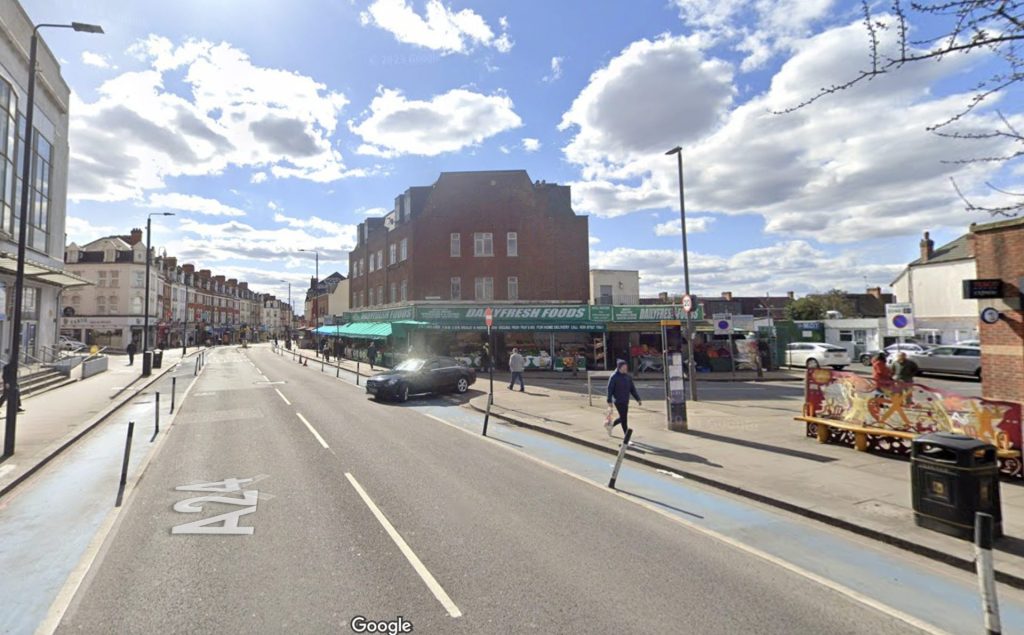
This increase in fatal and serious cycling collisions due to the segregated bike lanes claimed by Stops can be seen on the CS7 from Balham to Colliers Wood.
During the three years before the cycle lane was created in July 2020, there were 18 serious cycle injuries (an injury often with life-changing consequences, such as loss of an arm or leg, involving a stay in hospital) on this group of junctions.
But three years after the cycle lane went in, there were 35 serious cycle injuries.
Will Norman, the Walking and Cycling Commissioner said: “London’s growing network of cycleways has helped enable huge growth in cycling, with an average of more than 1.25m cycle trips being made daily.
“Evidence strongly suggests that protected cycle paths reduce collisions and make cycling safer and TfL’s own data shows that the risk of someone being killed or injured while cycling is reduced where TfL and boroughs have built cycleway.
“Alongside protected cycle lanes on main roads, TfL are also delivering numerous other measures as part of their programme to make our streets safer including slower speeds, safer junctions, police enforcement, traffic reduction and low traffic cycleways.”
Daily cycle trips across London have increased by 14% since 2017, according to TFL’s 2023 Annual Overview.
The biggest increase has been seen in Inner London, with figures now hitting almost 625,000 a week.
Although this growing figure partly explains the rise in collisions as more cyclists are on the road, the figure does not match the number of collisions.
Featured image credit: London Cycling Campaign
